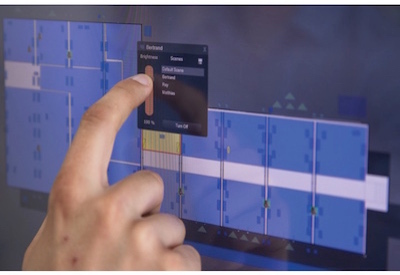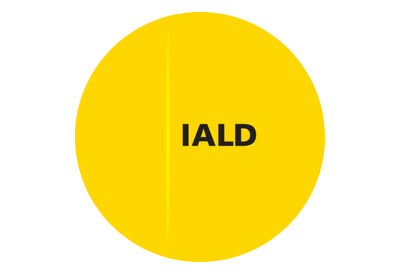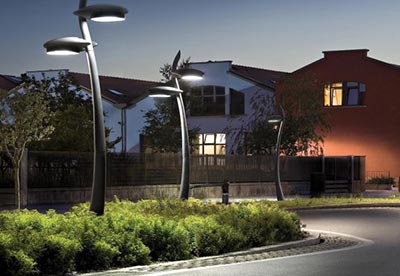The Speed of Light: Li-Fi’s Bright Future in the Aircraft Cabin

August 17, 2018
Short for “light fidelity,” Li-Fi technology uses visible light from LED bulbs to transmit data, compared to Wi-Fi which uses radio waves. Li-Fi is an emerging area of connectivity and a key market could be aircraft cabins. We talked to Harald Haas, who is known as the “Father of Li-Fi.”
Haas is the Director of Li-Fi Research and Development at the University of Edinburgh and co-founder of pureLiFi.
Haas notes that Li-Fi will help to solve the “spectrum crunch.” He explains: “If we’re looking back the last 10 years, mobile traffic has increased 60% every year.” At this rate, if we look ahead 10 or 20 years from now, there will be a 20 times shortfall in spectrum to provide the connectivity required, he says.
Li-Fi could provide part of the answer because while radio spectrum may be scarce, what we do have is LEDs, and one place where there are hundreds of them already is in an aircraft cabin.
Here’s how it works: “We change the light intensity [of LED lamps] very suddenly at very high speeds, and the changes of the intensity carry the data that we are transmitting,” Haas explains.
These changes are so fast they are not recognizable by the human eye.
“We have [achieved] 8 Gbps from a single LED in our lab,” Haas says. “That is faster than the current fastest WiFi standard at the moment, and that’s with a single LED. Now imagine you have hundreds of LED what you could do in a cabin. It’s incredibly amazing.
“If you imagine virtual reality, augmented reality… think about cameras inside a cabin, maybe many displays in a cabin, and you want to have high definition video streaming to these displays and monitors — you don’t have enough radio spectrum. And by the way, you don’t want to interfere with the terrestrial radio systems like LTE [4G] and 5G outside the aircraft cabin.
“You need a massive amount of bandwidth, and Li-Fi provides the bandwidth and does not interfere with any radio system outside. You can operate a system any time and everywhere on the planet because it’s also not regulated. It’s a 2,600 times bigger resource than the entire radio spectrum all for us to grab and do smart things with it.”
Sarah Wray is Editor of FINN (Farnborough International News Network). FINN is the new video-led digital hub for the global aviation community created by Farnborough International Ltd., organizer of the Farnborough International Airshow. This article was first published online at www.wearefinn.com/TOPICS/POSTS/THE-SPEED-OF-LIGHT-LI-FI-S-BRIGHT-FUTURE-IN-THE-AIRCRAFT-CABIN/
Photo source: pureLiFi












